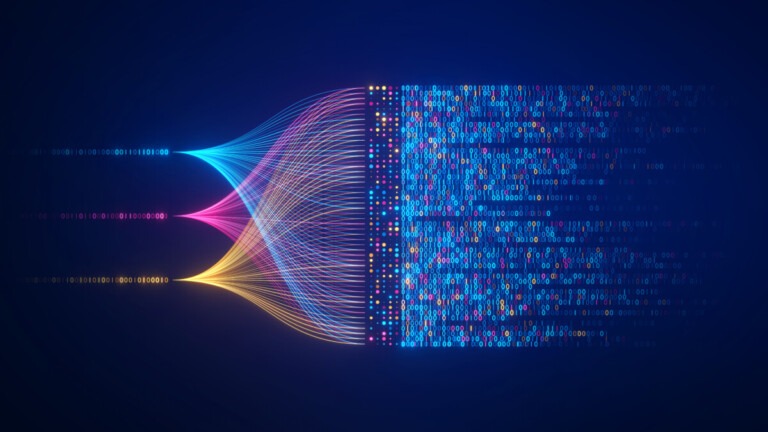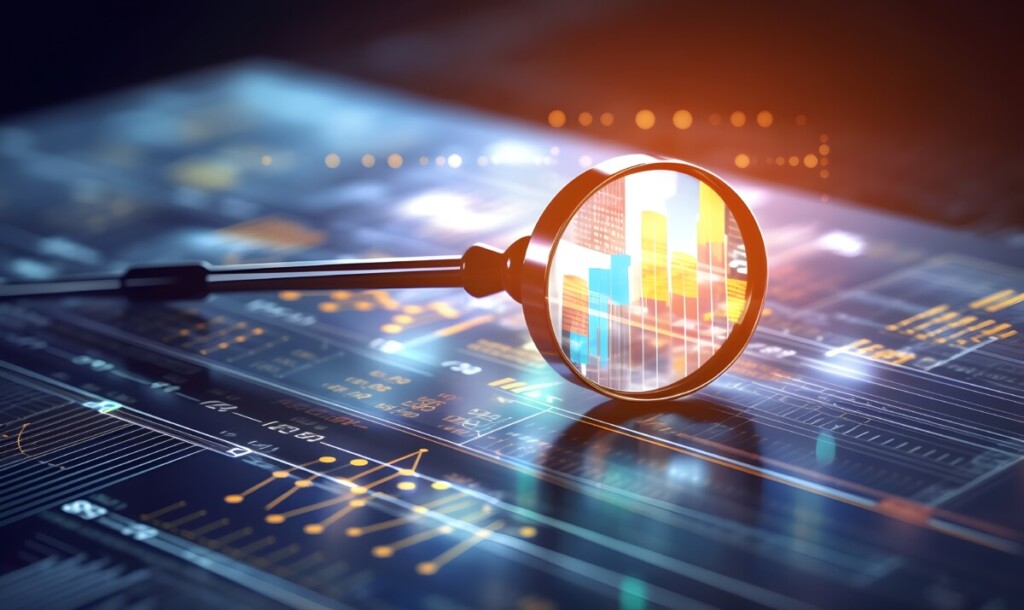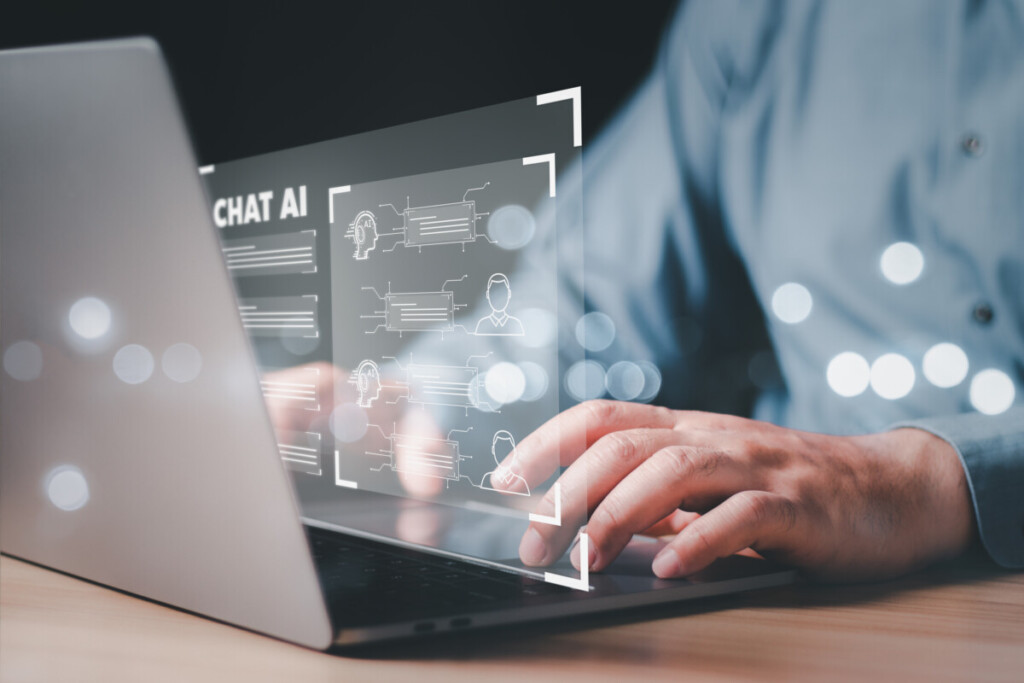Will GenAI Bring About the True IoT?

Though it has been the subject of science fiction for years, artificial intelligence (AI) has emerged as a practical business tool for modern companies. A recent Forbes report found that 64% of businesses believe that AI will increase their overall productivity, while researchers for IBM found that approximately 34% of all companies are already using AI in some fashion.
Given that IBM also found that 42% of all companies are at least evaluating AI solutions, it’s clear that there is great interest in the future of the technology. That enthusiasm has reached a fever pitch with the introduction of generative or GenAI, which uses amassed data to create text, images, and other forms of media based on models generated by input training. Yet, while many use GenAI tools like ChatGPT for simple content creation, Soracom believes the technology has the potential to help usher in a more classic understanding of IoT.
Since its founding, Soracom has strived to create a more connected world where everything and everyone can interact. It does so by connecting people and their devices to cloud environments where intelligence can be implemented. Yet what could be accomplished by introducing a generic intelligence engine that can process data and make decisions to take action? In a recent interview with AI TechPark, Kenta Yasukawa, Soracom’s co-founder and CTO, spoke of the potential of applying GenAI to IoT and how the technology could help create a more connected IoT.
Why GenAI for IoT?
Making sense of massive quantities of data is what makes AI a natural fit for IoT systems, as IoT devices are expected to generate more than 73 zettabytes of data by 2025. Automating the analysis of that data has been an essential technology to achieve a true IoT vision. With GenAI, however, the potential has grown significantly. One example is creating actionable insights in easily understandable language is precisely what inspired Soracom to embrace AI solutions.
“GenAI has tremendous potential in IoT deployments,” said Yasukawa. “By providing data and asking questions such as ‘What does this data mean?’ and ‘What trend or outliers do you see in the data?’ an AI can answer in a natural language that you speak.”
With these insights in hand, companies are better positioned to employ their data for decision-making and create more efficient processes, and with that information being translated into more palatable materials (full text, imagery, etc.) those results can be more easily conveyed and understood.
“GenAI can be a glue between people and data, and help them understand data,” said Yasukawa. “This can help people look deeper into a particular time period, detect an event and take action. If it has to be done by humans, it’d be cost prohibitive and not be scalable, but with GenAI, things can be automated and scalable.”

Utilizing GenAI to Analyze IoT Data
For its first foray into AI-powered solutions, Soracom looked at its current crop of IoT tools and devised a way to make its serverless data collection tool, Soracom Harvest, more effective. Harvest offers customizable dashboards that help aggregate time series data into an easily readable format.
To help improve its functionality, Soracom has introduced a GenAI-powered update to the service called Harvest Data Intelligence, which allows users to scour the data stored in Harvest and run time-series queries to detect events, trends, anomalies, patterns, etc. Currently available in Beta, the service is designed to let Soracom users build valuable insights close to the data source and empower their systems to work with insights immediately rather than sending data elsewhere for analysis.
“Soracom Harvest already offers basic serverless data storage and visualization, but with limited capability for more complex and voluminous data sets,” said Yasukawa. “This [update] effectively brings a GPT AI-based data scientist just one click away to every customer.”
Improved Data Mining is Essential
In response to customers’ evolving needs for IoT data analysis and data pipelines, Soracom has also introduced a new data mining service called Query. Soracom Query allows customers to use SQL queries from BI tools or CLI to mine the data collected from their IoT devices without the need to set up their own servers or storage.
This grants users managed data warehouse capabilities with automatic data loading, something that can make it easier to run complex analytical queries across large IoT data sets. The continued growth of these data sets, combined with the overhead of managing the appropriate servers and storage to contain them, was a pain point for Soracom’s customers, which led directly to the creation of Query.
“The increasing volume and complexity of IoT data underscored the need for robust cloud capabilities,” Yasukawa told AI Tech. ”Moreover, data synchronization with warehouses was an intricate task, requiring niche expertise.”
The fully managed data warehouse created by Soracom Query is backed by Amazon Redshift, meaning large data sets can be stored efficiently and with a user’s preferred BI tools. It was also designed to provide a user-centric experience, something that was a priority for Soracom.
“The beauty of Soracom Query is its simplicity,” said Yasukawa. “Customers can dive deep into their massive IoT data without the concerns of managing, maintaining, or understanding the intricacies of a data warehouse…[and because] data synchronization and maintenance are fully managed by Soracom, customers can focus on analyzing their data instead of undifferentiated heavy lifting in IoT data analytics.”

The Future of GenAI in IoT
Never one to rest on customer support initiatives, Yasukawa believes that this is only the first wave of GenAI being incorporated into the IoT sphere. The next logical step, according to the Soracom CTO, is a system that utilizes GenAI to perform queries across multiple domains or verticals, creating meaningful insights by incorporating data from different sources into a single stream.
“By leveraging evolving GenAI technologies, there is a potential to connect dots in data from different domains and draw a conclusion from that, which is beyond our imaginations,” said Yasukawa. “We believe we are getting closer to a true IoT vision where things from different domains share data and knowledge and actuate things in the field based on it.”
It all speaks to the original understanding of the IoT as “everything connected to everything else.” Yet while security concerns made that vision unlikely in the ’90s and early 2000s, the emergence of cloud platforms has enabled the building of data hubs that implement fine-grained access control and private filtering. The ability of GenAI to enable queries across multiple data sources without those systems being directly connected to one another helps mitigate those risk factors.
“When the concept of IoT was born, what people envisioned was a world where everything and everyone was connected and interacted with one another to make the world a better place,” said Yasukawa. “We believe we are getting closer to a true IoT vision.”
You can read more about these topics, the IoT X GenAI Lab co-led by the Matsuo Institute, as well as the company’s new media transfer service Soracom Relay in the full interview on AI TechPark.
………………
Got a question for Soracom? Whether you’re an existing customer, interested in learning more about our product and services, or want to learn about our Partner program – we’d love to hear from you!



